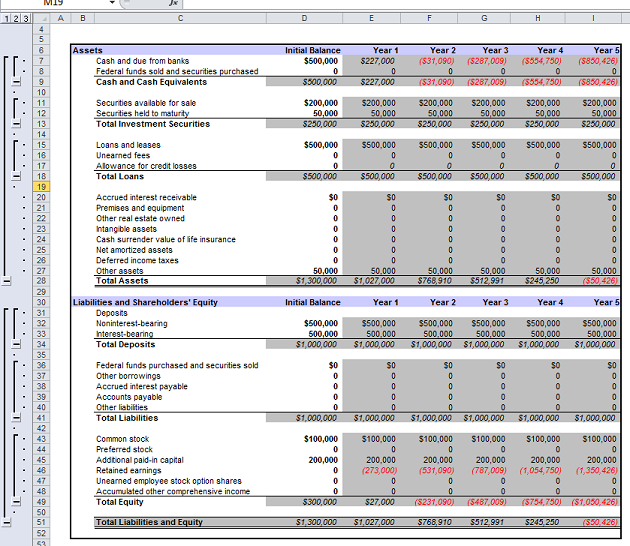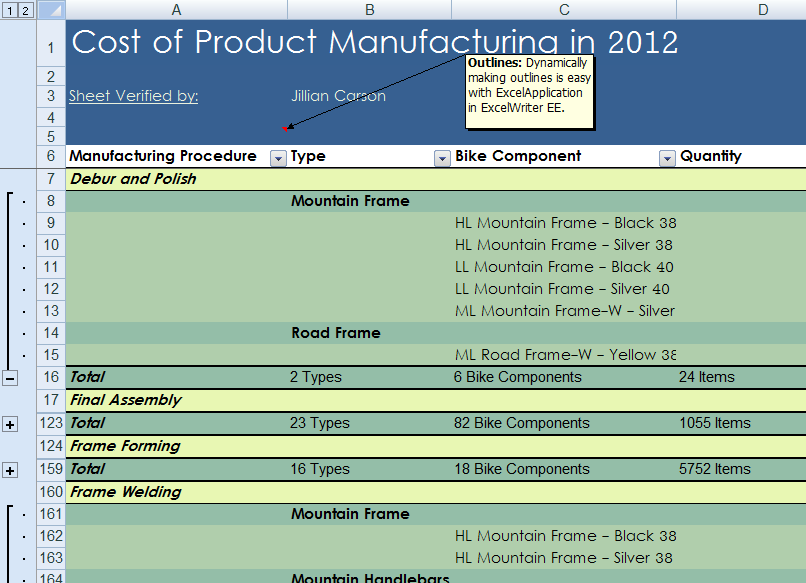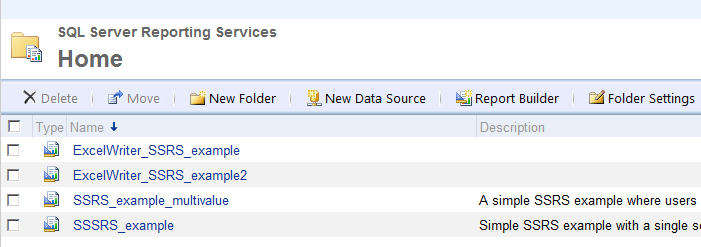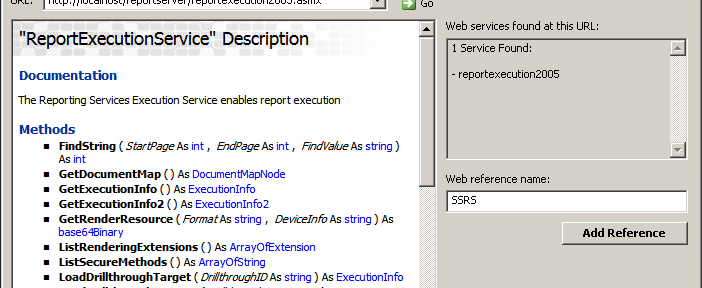Problem
When I retrieve the value of a cell which has a Date format in Excel, I do not get the formatted Date; I get a number. How do I retrieve the formatted Date instead?
Solution
Excel Dates are stored in a “serial date format” behind-the-scenes. So, for example, 2/4/2004 is stored as 38021 in Excel. This number represents the number of days elapsed since January 1, 1900.
When you display a Date in Excel, a built-in conversion is performed which converts this serial format into a string for display in the cell depending on the format you apply to that cell.
More information on Excel Serial Dates can be found at http://www.cpearson.com/excel/datetime.htm.
If you want to use a Date from a cell in your code, all you will be able to retrieve is the serial value of this Date. To use it as a formatted string you will have to convert it.
A set of conversion methods can be found at Code Project.
You will need to use one of them in your application in order to convert the serial value of the date to a formatted string. Once you have a formatted string, you can also create a Date object in .NET (using Convert.ToDateTime() for example) and use the built in .NET Date functions if desired.
A simple example in VB.NET
This example retrieves a serial date from an Excel cell and uses a VB.NET version of the ExcelSerialDateToDMY() method from The Code Project to convert it to its day, month, and year components. To run this example, you would call ReadDate() from the PageLoad event or a ButtonClick event, for example. ReadDate() reads the Date (in serial date format) from cell “E1” of sample2.xls. It then calls ExcelSerialDateToDMY() to retrieve the converted day, month, and year values of the date. It then creates a new .NET Date object using those values. Finally, it writes the .NET Date’s short string value to the Response, so you can see that the correct values were retrieved.
Private Sub ReadDate()
'Create Application object and load Excel file from disk
Dim xlw As New SAExcelApplicationDotNet xlw.Open(Server.MapPath("./sample2.xls"), False)
Dim sheet As SAWorksheet sheet = xlw.Worksheets(1)
'Read cell E1, it's a date
Dim sd As Integer = sheet.Cells("E1").Value
' The following 3 variables are used as "output" parameters to the ExcelSerialDateToDMY()
' method, since the method uses the parameters By Reference, not By Value.
Dim d As Integer ' Will contain the day as an Integer
Dim m As Integer ' Will contain the month as an Integer
Dim y As Integer ' Will contain the year as an Integer
' Retrieve the day, month, and year values of the serial date.
ExcelSerialDateToDMY(sd, d, m, y)
' Create a new .NET Date object with the retrieved values, and display it on the page.
Dim dt As Date = New Date(y, m, d)
Response.Write(dt.ToShortDateString)
End Sub
Private Sub ExcelSerialDateToDMY(ByRef nSerialDate As Integer, ByRef nDay As Integer, _
ByRef nMonth As Integer, ByRef nYear As Integer)
' This function is courtesy of The Code Project.
' http://www.codeproject.com/datetime/exceldmy.asp?df=100&forumid=4548&exp=0&select=590906
' nSerialDate is the serial date from Excel
' nDay, nMonth, and nYear are the "output parameters" where the method will store
' the Day, Month, and Year values as Integers that it extracts from nDate
' Excel/Lotus 123 have a bug with 29-02-1900. 1900 is not a
' leap year, but Excel/Lotus 123 think it is...
If nSerialDate = 60 Then
nDay = 29
nMonth = 2
nYear = 1900
Return
ElseIf nSerialDate < 60 Then
' Because of the 29-02-1900 bug, any serial date
' under 60 is one off... Compensate.
nSerialDate = nSerialDate + 1
End If
' Modified Julian to DMY calculation with an addition of 2415019
Dim l As Integer = nSerialDate + 68569 + 2415019
Dim n As Integer = CInt(Fix((4 * l) / 146097))
l = l - CInt(Fix((146097 * n + 3) / 4))
Dim i As Integer = CInt(Fix((4000 * (l + 1)) / 1461001))
l = l - CInt(Fix((1461 * i) / 4)) + 31
Dim j As Integer = CInt(Fix((80 * l) / 2447))
nDay = l - CInt(Fix((2447 * j) / 80))
l = CInt(Fix(j / 11))
nMonth = j + 2 - (12 * l)
nYear = 100 * (n - 49) + i + l
End Sub



